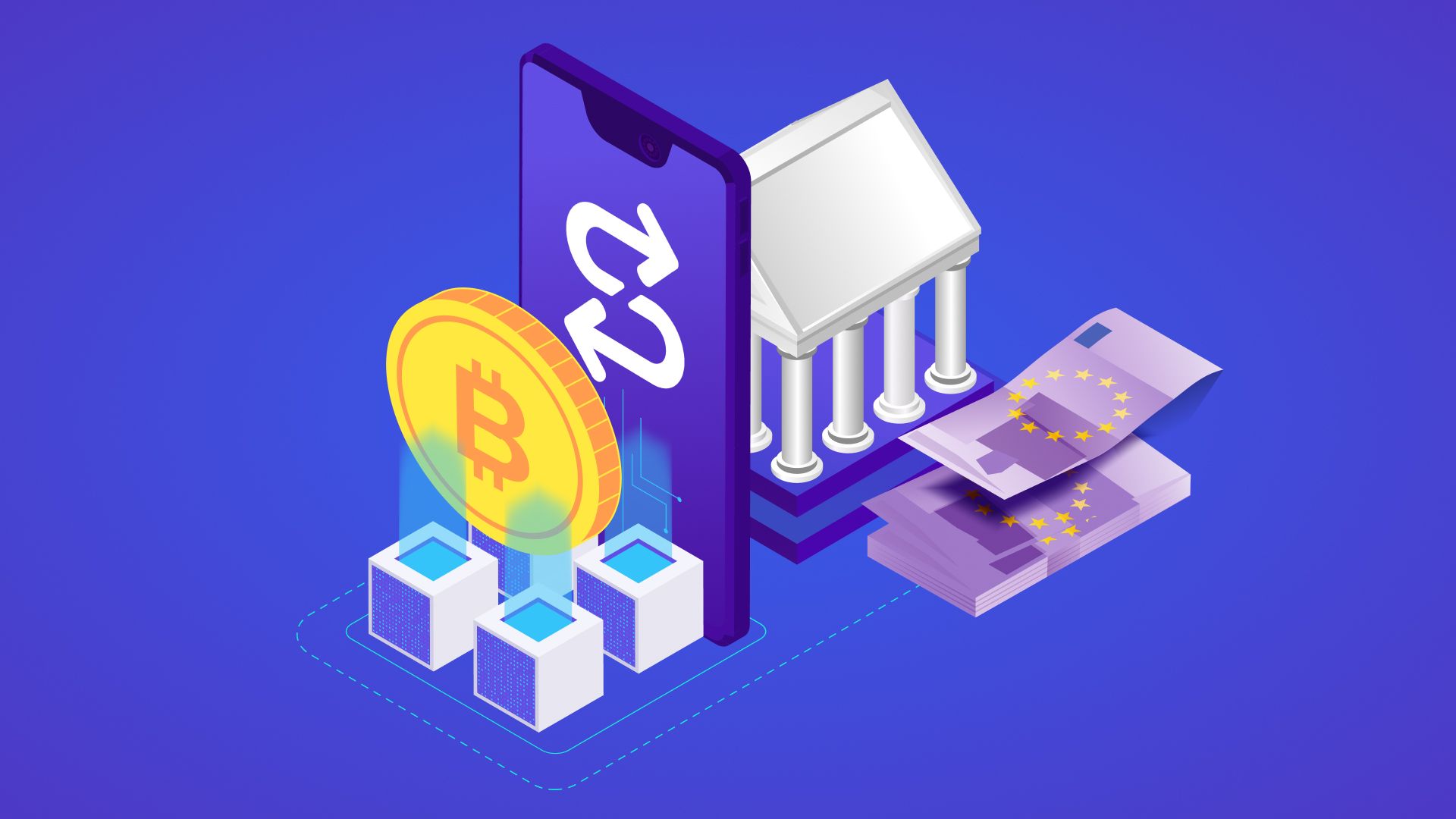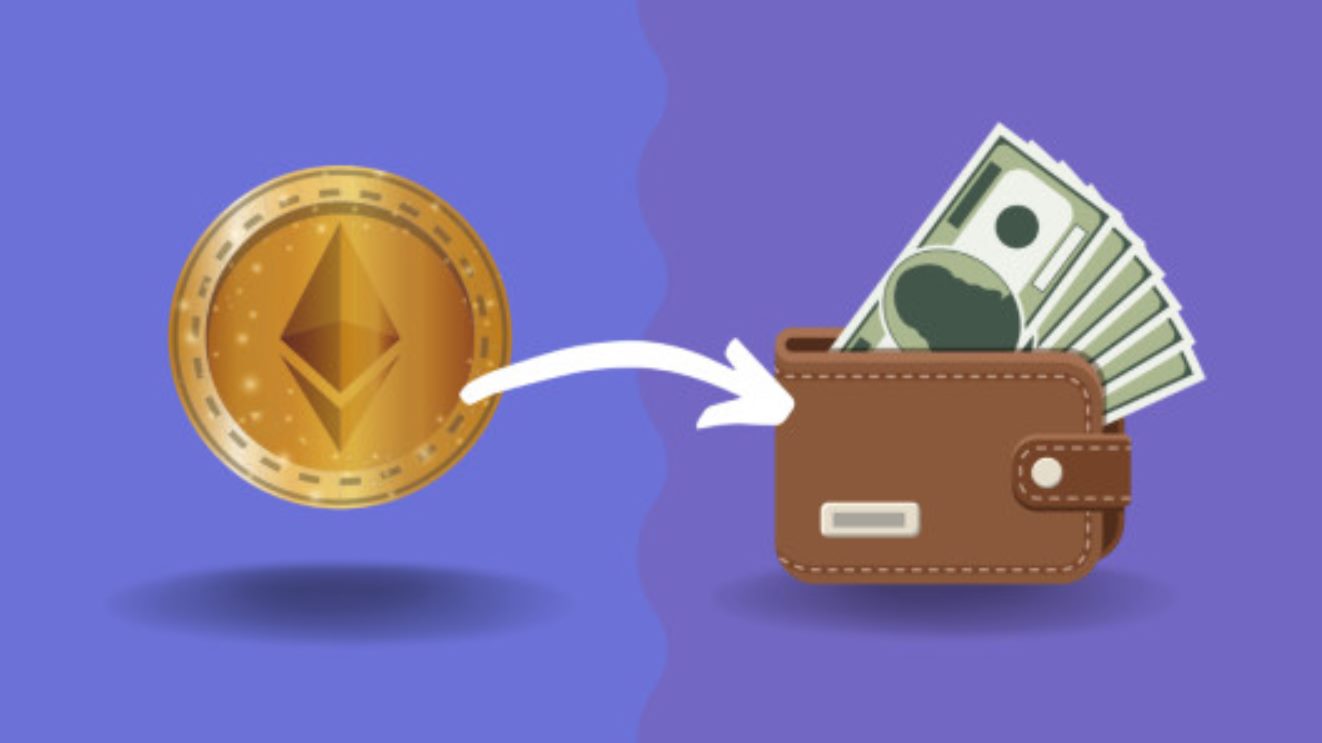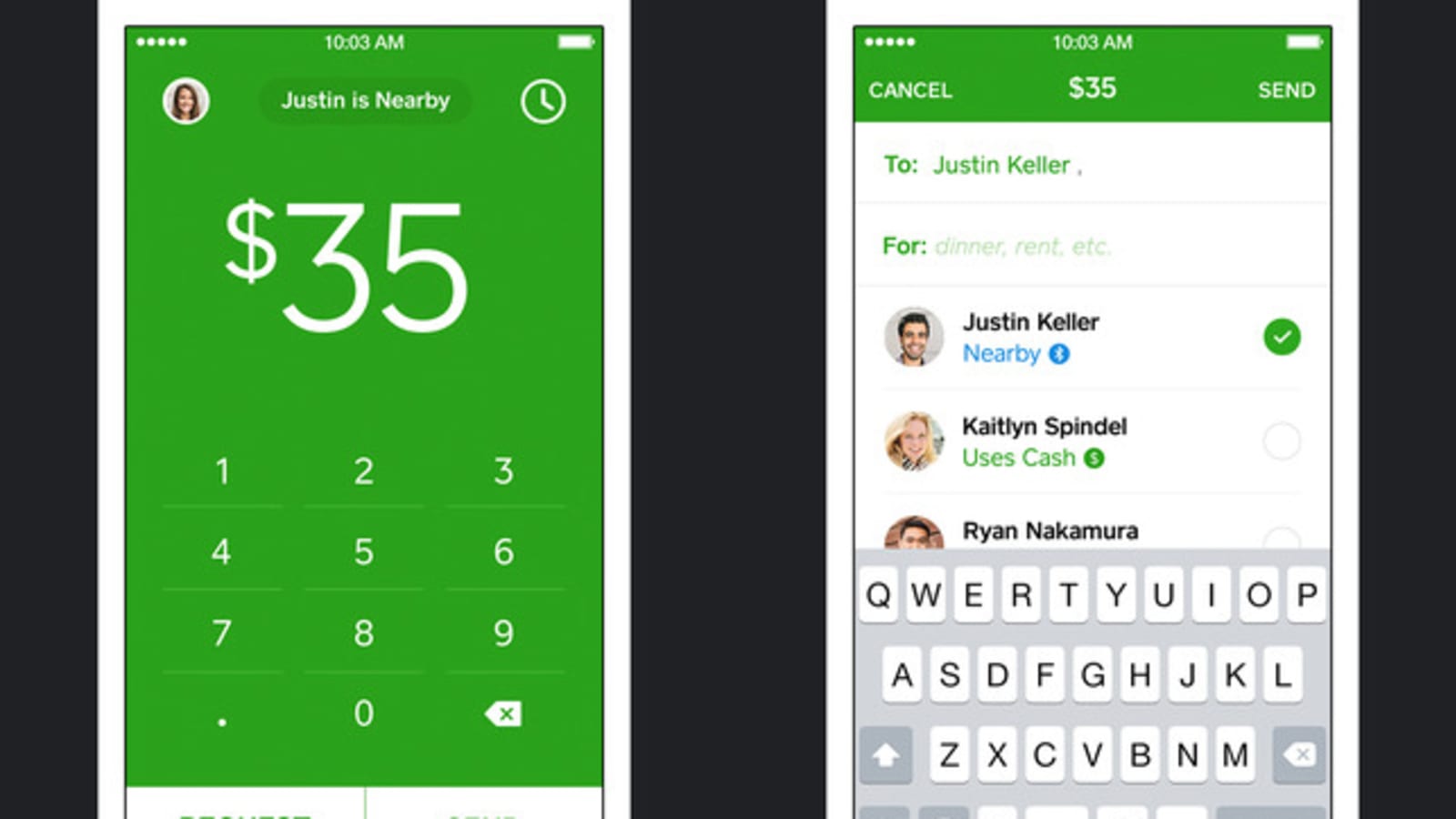What is Cryptocurrency?
Cryptocurrency is a digital or virtual form of currency that utilizes cryptography for secure financial transactions, control the creation of additional units, and verify the transfer of assets. Unlike traditional fiat currencies issued by governments, cryptocurrencies are decentralized and operate on a technology called blockchain.
The concept of cryptocurrency was introduced in 2009 with the creation of Bitcoin by an anonymous person or group known as Satoshi Nakamoto. Bitcoin revolutionized the financial industry by introducing a peer-to-peer electronic cash system, where transactions are verified and recorded on a public ledger called the blockchain.
One of the key features of cryptocurrency is its decentralization. It is not controlled by any central authority, such as banks or governments, making it immune to interference or manipulation. Transactions are executed directly between users through a network of computers, ensuring transparency and security.
Another important aspect of cryptocurrency is its cryptographic nature. Cryptography involves the use of complex mathematical algorithms to secure transactions and control the creation of new units. This ensures the integrity and authenticity of each transaction, making it nearly impossible to counterfeit or double-spend the currency.
There are thousands of different cryptocurrencies available today, each with its own unique features and purposes. The most well-known cryptocurrency is Bitcoin, which paved the way for the development of other cryptocurrencies such as Ethereum, Ripple, Litecoin, and many more.
While cryptocurrencies have gained popularity as a speculative investment, they can also be used as a medium of exchange for goods and services, depending on their acceptance by merchants. Some industries, such as online retailers, travel agencies, and even certain brick-and-mortar stores, have started accepting cryptocurrencies as a form of payment.
In summary, cryptocurrency is a digital form of currency that utilizes cryptography and operates on a decentralized network. It offers secure and transparent transactions, free from the control of central authorities. As the popularity and utility of cryptocurrencies continue to grow, they are poised to revolutionize the way we conduct financial transactions in the future.
How Does Cryptocurrency Work?
Cryptocurrency operates on a technology called blockchain, which is a distributed ledger that records all transactions across a network of computers. The blockchain acts as a shared and immutable record of all transactions, ensuring transparency and security.
When a cryptocurrency transaction takes place, it is validated and added to a block by a group of computers, known as miners. These miners compete to solve complex mathematical problems in order to confirm and verify the authenticity of the transaction. Once the transaction is verified, it is added to the blockchain.
Each transaction in the blockchain contains a unique digital signature, which verifies the ownership and authenticity of the cryptocurrency being transferred. This signature is created using cryptography and ensures that transactions are secure and tamper-proof.
In addition to transactions, cryptocurrencies are also created through a process known as mining. Mining involves using computational power to solve complex mathematical problems, which in turn validates transactions and adds them to the blockchain. Miners are rewarded with newly created cryptocurrency units for their efforts in securing and maintaining the network.
Cryptocurrencies also utilize a consensus mechanism to prevent fraud and ensure the integrity of the blockchain. The most common consensus mechanism is called Proof of Work (PoW), where miners compete to solve mathematical problems to validate transactions. Another popular consensus mechanism is Proof of Stake (PoS), where validators are chosen based on the number of coins they hold and are willing to “stake” as collateral.
One of the key advantages of cryptocurrency is its decentralized nature. Traditional fiat currencies rely on centralized authorities, such as banks or governments, to control and regulate the flow of money. In contrast, cryptocurrencies eliminate the need for intermediaries and allow direct peer-to-peer transactions, thereby reducing costs and increasing efficiency.
Additionally, cryptocurrencies provide users with greater control over their funds. Instead of relying on a centralized authority to hold and manage their money, users have their own wallets, which are secured with private keys. These private keys provide access to the funds and should be kept secure to prevent unauthorized access.
In summary, cryptocurrency operates on a decentralized network called blockchain, where transactions are validated and added to a public ledger. The use of cryptography ensures the security and authenticity of transactions, while consensus mechanisms prevent fraud. By eliminating intermediaries and providing users with greater control over their funds, cryptocurrencies offer a new and innovative way of conducting financial transactions.
Types of Cryptocurrency
Since the advent of Bitcoin, thousands of cryptocurrencies have been created, each with unique features and purposes. Here are some of the most well-known types of cryptocurrency:
- Bitcoin (BTC): Bitcoin is the first and most popular cryptocurrency. It was created as a peer-to-peer electronic cash system and is often referred to as digital gold. Bitcoin’s primary use case is as a store of value and a means of exchange.
- Ethereum (ETH): Ethereum is a decentralized platform that enables developers to build and deploy smart contracts and decentralized applications (Dapps). It has its own cryptocurrency called Ether, which is used to power the network and execute smart contracts.
- Ripple (XRP): Ripple is a digital payment protocol and cryptocurrency designed for fast and low-cost international money transfers. It aims to facilitate cross-border transactions between various fiat currencies and has gained traction in the banking industry.
- Litecoin (LTC): Litecoin is often described as the silver to Bitcoin’s gold. It was created as a faster and more lightweight alternative to Bitcoin, with shorter block generation times and a different hashing algorithm.
- Bitcoin Cash (BCH): Bitcoin Cash is a cryptocurrency that originated from a hard fork of the Bitcoin blockchain. It was created to address scalability issues and increase the block size limit, allowing for more transactions per block.
- Cardano (ADA): Cardano is a blockchain platform that focuses on security, scalability, and sustainability. It aims to provide a more secure and efficient infrastructure for the development of decentralized applications.
- Stellar (XLM): Stellar is a decentralized platform designed to facilitate fast and low-cost international payments. It aims to connect financial institutions, making it easier to move money across borders.
- Monero (XMR): Monero is a privacy-focused cryptocurrency that provides enhanced privacy and anonymity features. It uses advanced cryptography to ensure untraceable transactions and protect the identity of its users.
These are just a few examples of the wide variety of cryptocurrencies available today. Each cryptocurrency serves a specific purpose and has its own unique set of features and benefits. As the cryptocurrency market continues to evolve, new types of cryptocurrencies are being developed to meet the diverse needs of users across the globe.
Why Cash In Cryptocurrency?
As cryptocurrencies gain mainstream acceptance, more and more people are considering cashing in their cryptocurrency holdings. Here are some reasons why individuals may choose to cash in their cryptocurrency:
- Profit-taking: One of the primary reasons people cash in their cryptocurrency is to realize their profits. Cryptocurrencies can be highly volatile, and cashing in at the right time allows investors to capitalize on price increases and secure their earnings.
- Financial Needs: Individuals may choose to cash in their cryptocurrency to meet their financial needs or cover expenses. Whether it’s for emergency situations, major purchases, or daily expenses, cashing in can provide immediate access to funds.
- Investment Diversification: Cashing in cryptocurrency offers the opportunity to diversify investments. By converting cryptocurrency into traditional fiat currency, individuals can explore other investment avenues such as stocks, real estate, or bonds.
- Reducing Risk: Cryptocurrency investing carries inherent risks, including market volatility and regulatory uncertainties. Cashing in part or all of one’s cryptocurrency holdings can be a way to reduce risk exposure and safeguard wealth.
- Need for Stability: While cryptocurrencies may offer potential for high returns, their volatility can be unsettling for some investors. Cashing in allows individuals to convert their digital assets into more stable forms of currency, providing a sense of security and stability.
- Lifestyle Choices: Cashing in cryptocurrency can enable individuals to make lifestyle choices, such as purchasing a home, traveling the world, or starting a business. Converting cryptocurrency into traditional currency opens up opportunities to fulfill personal aspirations and goals.
- Paying Off Debts: Cashing in cryptocurrency can be a way to pay off debts or reduce financial obligations. It allows individuals to settle outstanding loans, credit card balances, or other financial commitments, providing a sense of financial freedom.
It’s important to note that cashing in cryptocurrency should be done after careful consideration and analysis of individual circumstances. Factors such as tax implications, market conditions, and long-term investment goals should be taken into account before making the decision to cash in.
While there are compelling reasons to cash in cryptocurrency, it’s equally important to assess the potential for further growth and the long-term value of the cryptocurrency being held. Financial advice from professionals who specialize in cryptocurrency investments can be invaluable in making informed decisions about cashing in.
Ultimately, whether one decides to cash in their cryptocurrency or hold onto it largely depends on their financial objectives, risk tolerance, and personal circumstances. Cashing in can provide immediate liquidity and financial flexibility, but it’s essential to consider the potential impact on future returns and goals before making the final decision.
How to Cash In Cryptocurrency?
If you’re looking to cash in your cryptocurrency holdings, there are several methods you can consider. Here are some common ways to convert your cryptocurrencies into traditional fiat currency:
1. Using Cryptocurrency Exchanges: Cryptocurrency exchanges are online platforms where you can buy, sell, and trade cryptocurrencies. To cash in, you can sell your cryptocurrency on an exchange that supports your specific cryptocurrency. You’ll need to create an account, verify your identity, and follow the exchange’s process to sell your cryptocurrency and withdraw the funds to your bank account.
2. Peer-to-Peer Transactions: Another option is to conduct peer-to-peer transactions, where you directly sell your cryptocurrency to another individual. Platforms like LocalBitcoins or Paxful facilitate these types of transactions by connecting buyers and sellers. It’s essential to exercise caution and conduct thorough research to ensure the legitimacy and security of the transaction.
3. Using a Cryptocurrency ATM: Cryptocurrency ATMs, also known as Bitcoin ATMs, are physical machines that allow you to buy or sell cryptocurrencies for cash. These ATMs work similarly to regular ATMs, but instead of dispensing traditional currency, they enable you to convert your cryptocurrency into cash. Not all cryptocurrencies are supported by ATMs, so it’s important to check if your chosen cryptocurrency is available.
4. Selling Cryptocurrency for Cash: You can also sell your cryptocurrency directly to individuals or over-the-counter (OTC) platforms. These methods often involve larger transactions and may require you to find buyers through personal networks or dedicated OTC platforms. OTC platforms provide cryptocurrency trading services for high-volume and institutional investors, offering more personalized services and better liquidity.
Regardless of the method you choose, it’s essential to consider a few key factors:
- Security: Ensure that you’re using reputable platforms and take necessary security measures to protect your cryptocurrency and personal information.
- Transaction Fees: Different platforms and methods have varying fees and charges. It’s important to consider these costs when deciding which method to use.
- Market Prices: Keep an eye on the current market prices and fluctuations to get the best possible value for your cryptocurrency.
- Legal and Tax Implications: Cashing in cryptocurrency may have legal and tax implications. Consult with professionals to understand any tax obligations or regulatory requirements associated with converting cryptocurrency into fiat currency.
It’s worth noting that the availability and ease of cashing in cryptocurrency may vary depending on your location and the specific cryptocurrency you hold. Conduct research and seek advice from cryptocurrency experts to make informed decisions and ensure a smooth cashing-in process.
Using Cryptocurrency Exchanges
Cryptocurrency exchanges are online platforms that facilitate the buying, selling, and trading of cryptocurrencies. They provide a convenient way for individuals to cash in their cryptocurrency holdings. Here is a step-by-step guide on how to use cryptocurrency exchanges:
1. Choose a Reputable Exchange: Research and choose a reputable cryptocurrency exchange that supports the cryptocurrency you want to cash in. Look for exchanges with a good track record, secure payment systems, and a user-friendly interface.
2. Create an Account: Sign up for an account on the chosen cryptocurrency exchange. Provide the required information and follow the verification process, which may include providing identification documents and undergoing Know Your Customer (KYC) procedures.
3. Deposit Your Cryptocurrency: Once your account is set up and verified, you’ll need to deposit the cryptocurrency you want to cash in into your exchange wallet. Follow the instructions provided by the exchange to make the deposit. Ensure that you use the correct wallet address and include any necessary tags or memo codes.
4. Place a Sell Order: After your cryptocurrency is deposited, navigate to the trading section of the exchange and place a sell order for the desired cryptocurrency. Specify the amount you wish to sell and set the price at which you want to sell it. Alternatively, you can place a market order, which will sell your cryptocurrency at the current market price.
5. Review and Confirm: Before finalizing the sell order, carefully review all the details, including the quantity and price. Once you are satisfied, confirm the sell order.
6. Withdraw Fiat Currency: Once your sell order is executed, your cryptocurrency will be exchanged for the corresponding fiat currency, such as USD or EUR. Proceed to withdraw the fiat currency to your linked bank account or preferred payment method. Follow the withdrawal process outlined by the exchange, which may involve additional verification steps.
It’s important to note that cryptocurrency exchange processes may vary slightly between platforms. Some exchanges may offer additional features such as advanced trading options, margin trading, or fiat currency wallets. It’s advisable to familiarize yourself with the specific functionalities and terms of the chosen exchange to ensure a smooth cashing-in experience.
When using cryptocurrency exchanges, it’s crucial to prioritize security. Enable two-factor authentication (2FA) for your account and utilize secure practices, such as keeping your login credentials and private keys safe. Regularly monitor your account for any suspicious activities and be cautious of phishing attempts.
Lastly, it’s worth mentioning that cryptocurrency exchanges may charge fees for trading, withdrawals, or deposits. Familiarize yourself with the fee structure of the exchange and consider these costs when assessing the profitability of cashing in your cryptocurrency.
Peer-to-Peer Transactions
In addition to using cryptocurrency exchanges, another method for cashing in cryptocurrency is through peer-to-peer (P2P) transactions. P2P transactions involve directly selling your cryptocurrency to another individual without the involvement of an intermediary. Here’s how peer-to-peer transactions work:
1. Research P2P Platforms: Start by researching and identifying reliable P2P platforms that facilitate cryptocurrency transactions. Platforms like LocalBitcoins, Paxful, or Bisq connect buyers and sellers, allowing them to negotiate and execute transactions directly.
2. Create an Account: Sign up for an account on the chosen P2P platform. Complete the necessary registration process and provide the required information. Some platforms may require user verification to ensure security and counter fraud.
3. List Your Offer: Once your account is set up, create a listing specifying the cryptocurrency you want to sell, the desired amount, and the price you’re willing to accept. Additionally, you can include any specific terms or requirements for the transaction.
4. Find a Buyer: Interested buyers will browse the listings and contact you to negotiate the transaction. You can communicate through the platform’s messaging system to discuss details such as payment methods, transaction timelines, and any additional requirements.
5. Agree on Terms: Reach an agreement with the buyer on the terms of the transaction, including the amount of cryptocurrency to be sold, the price, and any specific conditions. Ensure that both parties are clear about the terms and have a mutual understanding before proceeding.
6. Execute the Transaction: Once the terms are agreed upon, proceed with the transaction. Follow the payment instructions provided by the platform and transfer the cryptocurrency to the buyer’s wallet. The buyer will then send the agreed-upon payment to your designated account or wallet.
7. Confirm and Complete: After executing the transaction, confirm with the buyer that you have received the payment. Once the payment is confirmed, mark the transaction as complete on the platform. Be sure to provide any necessary feedback or ratings about the buyer to help maintain the platform’s trust and reputation.
Peer-to-peer transactions offer a more direct and personal approach to cashing in cryptocurrency. They allow for greater control over the transaction process and may offer more flexibility in terms of negotiating the terms and choosing payment methods. However, it’s important to exercise caution when engaging in P2P transactions and verify the trustworthiness of the counterparty.
Keep in mind that P2P transactions may still incur fees. These fees can vary depending on the platform, payment method used, and the specific transaction details. Familiarize yourself with the fee structure of the platform and consider these costs when evaluating the profitability of the transaction.
Lastly, always prioritize security in P2P transactions. Follow the platform’s guidelines for secure trading, use trusted payment methods, and be cautious of potential scams or fraudulent activities. Conduct thorough research and exercise due diligence to make informed decisions when cashing in cryptocurrency through peer-to-peer transactions.
Using a Cryptocurrency ATM
One of the convenient ways to cash in your cryptocurrency is by using a cryptocurrency ATM, also known as a Bitcoin ATM. These machines allow you to exchange your cryptocurrency for traditional fiat currency, such as USD, EUR, or other local currencies. Here’s how you can use a cryptocurrency ATM:
1. Locate a Cryptocurrency ATM: Find a cryptocurrency ATM near your location using online directories or mobile applications that provide ATM location services. These directories can provide information on the type of cryptocurrencies supported, fees, and operating hours.
2. Check Supported Cryptocurrencies: Verify whether the ATM supports the cryptocurrency you want to cash in. Not all ATMs support every cryptocurrency, so ensure that your desired cryptocurrency is included in the list of supported coins.
3. Take Note of Transaction Limits: Cryptocurrency ATMs may have transaction limits, such as a maximum amount of cryptocurrency you can sell or withdraw in a single transaction. Take note of these limits to ensure your transaction falls within the designated range.
4. Start the Transaction: At the cryptocurrency ATM, select the option to start a new transaction. Follow the on-screen instructions and choose the “sell” or “cash withdrawal” option, depending on the ATM’s interface.
5. Scan or Enter Your Wallet Address: The ATM will prompt you to scan the QR code of your digital wallet address, or you may need to manually enter the wallet address associated with the cryptocurrency you want to sell. Accuracy is imperative when entering or scanning the wallet address to ensure funds are transferred correctly.
6. Verify Your Identity: Some cryptocurrency ATMs may require identity verification. This process can include scanning your government-issued ID, taking a photo, or providing biometric data like a fingerprint scan. Follow the ATM’s instructions to complete the verification process.
7. Confirm the Sale: Once your wallet address and identity are verified, enter the amount of cryptocurrency you want to sell or the desired amount of fiat currency you wish to withdraw. Review the details of the transaction, including the exchange rate and any associated fees.
8. Complete the Transaction: Proceed to confirm the sale or withdrawal. The ATM will deduct the cryptocurrency from your wallet and dispense the corresponding fiat currency. Collect the cash from the ATM, and don’t forget to take your receipt for transaction records.
It’s important to note that cryptocurrency ATMs may charge higher fees compared to traditional exchanges. These fees typically range from 1% to 10% of the transaction amount. Consider the fees associated with the ATM you choose to ensure you have an accurate understanding of the associated costs.
Cryptocurrency ATMs provide a convenient option for cashing in your cryptocurrency, allowing for quick and easy access to traditional fiat currency. However, it’s essential to exercise caution and choose reputable ATMs from trusted providers that prioritize security measures.
Lastly, consider the security of your digital wallet and funds when using a cryptocurrency ATM. Ensure your wallet is secure, and keep the private keys or recovery phrases in a safe place to prevent unauthorized access to your cryptocurrencies.
Selling Cryptocurrency for Cash
If you prefer a more direct approach to cashing in your cryptocurrency, selling it for cash is a viable option. Selling cryptocurrency for cash involves finding a buyer who is willing to purchase your cryptocurrency in exchange for traditional fiat currency. Here’s how you can sell cryptocurrency for cash:
1. Determine the Sale Method: Determine whether you want to sell your cryptocurrency through an online platform, a peer-to-peer transaction, or in person. Each method offers different benefits and considerations, so choose the one that suits your preferences and situation.
2. Find a Trustworthy Buyer: Look for potential buyers who are interested in purchasing your cryptocurrency. You can explore online platforms that facilitate cryptocurrency transactions, social media groups, or even personal connections in your network. Ensure that you are dealing with reputable individuals or platforms to avoid scams or fraudulent transactions.
3. Negotiate the Sale: Engage in negotiations with the buyer to agree on the terms of the transaction. Discuss the amount of cryptocurrency to be sold, the price, and any additional conditions or requirements. It’s essential to be clear and have a mutual understanding of the agreement to avoid misunderstandings.
4. Execute the Transaction: Once you and the buyer agree on the terms, proceed with the transaction. Transfer the agreed-upon amount of cryptocurrency to the buyer’s wallet, ensuring that you use the correct wallet address. In exchange, receive the agreed-upon amount of cash from the buyer, either through bank transfer, cash payment, or any other agreed-upon method.
5. Verify the Transaction: After the transaction is complete, verify that the buyer has successfully received the cryptocurrency and that you have received the cash payment. It’s beneficial to have a written agreement or receipt to document the transaction’s details for future reference.
6. Be Aware of Security Concerns: Selling cryptocurrency for cash carries risks, especially when dealing with unfamiliar individuals or using unknown platforms. Take precautions to ensure your safety and security. Meet in public places during daylight hours if conducting face-to-face transactions, or use trusted and reputable platforms for online transactions.
It’s crucial to stay informed about the current market prices and trends to accurately determine the value of your cryptocurrency. Consider factors such as liquidity, transaction fees, and exchange rates when deciding on the sale price. It may be helpful to consult with professionals or use reputable cryptocurrency valuation tools to make informed pricing decisions.
Lastly, be mindful of tax obligations associated with selling cryptocurrency for cash. Depending on your jurisdiction, selling cryptocurrency may have tax implications. Consult with tax professionals or seek guidance from relevant authorities to ensure compliance with tax regulations.
Selling cryptocurrency for cash can provide immediate liquidity and flexibility, allowing you to access funds for various purposes. However, it’s important to exercise caution, conduct thorough research, and follow secure practices to navigate the process safely and successfully.
Tax Implications of Cashing In Cryptocurrency
When cashing in cryptocurrency, it’s important to be aware of the tax implications associated with these transactions. Cryptocurrency taxation can vary depending on your jurisdiction, and it’s crucial to comply with the tax laws to avoid potential penalties or legal issues. Here are some key points to consider regarding the tax implications of cashing in cryptocurrency:
1. Capital Gains Tax: In many countries, cashing in cryptocurrency may be subject to capital gains tax. If you sell your cryptocurrency for a profit, the gain may be considered taxable income. The tax rate and the classification of cryptocurrency differ between jurisdictions, so it’s important to consult with tax professionals or tax authorities to understand the specific regulations in your country.
2. Holding Period: Long-term and short-term capital gains tax rates may apply based on the duration you held the cryptocurrency. Holding periods vary by jurisdiction, with long-term typically defined as holding the asset for more than one year. The tax rate for long-term capital gains is often lower than that for short-term gains.
3. Cost Basis Calculation: Determining the cost basis of your cryptocurrency is essential for calculating capital gains or losses when cashing in. The cost basis is typically the purchase price of the cryptocurrency, which may include fees and commissions paid during acquisition. It’s crucial to keep records of your cryptocurrency transactions for accurate cost basis calculations.
4. Reporting Requirements: Many tax jurisdictions require taxpayers to report cryptocurrency transactions, including cashing in cryptocurrency, on their tax returns. Depending on your jurisdiction, you may need to file specific forms or disclose information related to your cryptocurrency transactions. Failure to comply with reporting requirements can result in penalties or audits.
5. International Tax Considerations: Cashing in cryptocurrency in international locations may raise additional tax considerations. Cross-border transactions and foreign tax obligations can be complex, and it’s advisable to seek guidance from professionals knowledgeable about international tax laws.
6. Tax Deductions: Some jurisdictions allow certain deductions related to cryptocurrency activities. Expenses such as transaction fees, mining costs, or professional services related to cryptocurrency investments may be deductible. Again, consult with tax professionals to understand whether specific deductions apply in your jurisdiction.
It’s important to note that tax laws and regulations surrounding cryptocurrencies are still evolving in many jurisdictions. Tax authorities are actively working to address the complexities associated with cryptocurrency taxation. Staying informed about the latest tax guidelines and seeking professional advice will help ensure compliance with tax obligations related to cashing in cryptocurrency.
To facilitate accurate tax reporting, it’s highly recommended to keep detailed records of cryptocurrency transactions, including dates, purchase prices, sale prices, and any other relevant information. Utilizing cryptocurrency tax tracking software or platforms can simplify the process of calculating and reporting capital gains or losses.
Remember, tax compliance is essential when cashing in cryptocurrency. Failure to report taxable events or inaccurately reporting cryptocurrency transactions can result in penalties or legal consequences. Consult with tax professionals who specialize in cryptocurrency taxation to ensure proper compliance with the tax laws in your jurisdiction.
Tips for Cashing In Cryptocurrency Successfully
Cashing in cryptocurrency can be a significant decision, and careful planning and considerations can help ensure a successful transaction. Here are some valuable tips to keep in mind when cashing in cryptocurrency:
1. Stay Informed: Stay updated with the latest news and trends in the cryptocurrency market. Understand the market conditions, price movements, and factors that may impact the value of your cryptocurrency. This knowledge will help you make more informed decisions about when to cash in.
2. Choose the Right Timing: Timing is crucial when cashing in cryptocurrency. Consider the price movements and historical data to determine the right time to liquidate your holdings. However, predicting the market accurately is challenging, so set reasonable expectations and avoid making rash decisions based on short-term fluctuations.
3. Research Exchange Options: If you plan to use a cryptocurrency exchange, research different platforms and choose a reputable exchange with competitive fees, good customer support, and strong security measures. Read user reviews and compare features before selecting the most suitable exchange for your needs.
4. Verify the Security Measures: Prioritize the security of your funds. Opt for exchanges or platforms that implement robust security measures, such as two-factor authentication (2FA) and cold storage for cryptocurrencies. Ensure that the platform’s servers and user data are protected by encryption protocols.
5. Follow Proper KYC Procedures: If using exchanges or platforms that require Know Your Customer (KYC) procedures, ensure that you comply with the necessary identity verification processes. This helps prevent fraudulent activity and ensures the legality of your transactions.
6. Consider Tax Implications: Be aware of the tax implications of cashing in cryptocurrency in your jurisdiction, as discussed earlier. Consult with tax professionals to understand your tax obligations and ensure proper compliance.
7. Secure Your Digital Wallet: If you’re using a digital wallet to store your cryptocurrency, take necessary security measures to protect your wallet and private keys. Use strong and unique passwords, enable multi-factor authentication, and consider hardware wallets for secure offline storage of your cryptocurrency.
8. Keep Detailed Records: Maintain accurate and comprehensive records of your cryptocurrency transactions. Document the purchase and sale dates, amounts, prices, and any fees incurred. This documentation will be invaluable for tax reporting, accounting purposes, and future reference.
9. Seek Professional Advice: Consider consulting with professionals who specialize in cryptocurrency investments and taxation. They can provide personalized guidance based on your specific situation and ensure that you make well-informed decisions when cashing in your cryptocurrency.
10. Start with Small Amounts: If you’re new to cashing in cryptocurrency, start with smaller amounts to gain experience and confidence. This approach will allow you to understand the process, test different methods, and minimize potential risks.
Remember, cashing in cryptocurrency involves certain risks, including market volatility, regulatory changes, and security threats. It’s crucial to be cautious, conduct thorough research, and make informed decisions based on your individual circumstances and goals.
By following these tips and considering the unique factors surrounding your cryptocurrency holdings, you can increase your chances of cashing in cryptocurrency successfully while protecting your assets and complying with relevant regulations.
Conclusion
Cashing in cryptocurrency can be a significant decision that requires careful planning, research, and consideration of various factors. Understanding the basics of cryptocurrency, how it works, and the different methods available for cashing in is essential. Whether you choose to use cryptocurrency exchanges, peer-to-peer transactions, cryptocurrency ATMs, or sell directly for cash, each method has its own advantages and considerations.
It’s important to stay informed about market trends, timing, and any tax implications associated with cashing in cryptocurrency. Consulting with professionals who specialize in cryptocurrency investments and taxation can provide valuable guidance and ensure compliance with relevant laws.
Security is of paramount importance when dealing with cryptocurrency. Safeguarding your digital wallet, using trusted platforms, and following secure practices will help protect your funds and personal information from potential threats.
Additionally, maintaining accurate records of your cryptocurrency transactions and understanding the tax obligations in your jurisdiction are crucial aspects of cashing in cryptocurrency successfully.
Lastly, exercising caution, using common sense, and conducting thorough research will help minimize risks and increase the likelihood of a successful cashing-in experience. As the cryptocurrency market continues to evolve, staying informed and adapting to changes will be key in navigating the landscape effectively.
Remember that the decision to cash in cryptocurrency should be based on your individual financial circumstances, goals, and risk tolerance. Taking into account all the relevant factors discussed in this article, you can make informed decisions that align with your specific needs and objectives.
Cashing in cryptocurrency can provide you with liquidity and open up new opportunities for financial endeavors. By applying the tips and knowledge gained from this article, you can navigate the process with confidence and maximize the benefits of your cryptocurrency holdings.

























